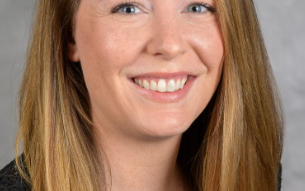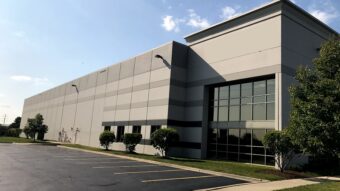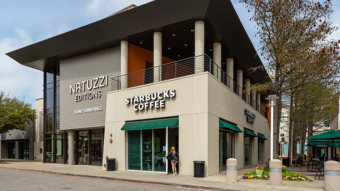A record number of rental units were absorbed last year. At the same time, however, the nation’s homeownership trend has begun to turn back up after recovering from the recession. Could the former have an effect on the latter?
On August 8, Inland Real Estate Group commercial brokerage hosted a 2018 Mid-Year “State of the Market” discussion. Brandon Svec, market economist with CoStar, delivered the remarks. Svec had a lot to cover, but his most interesting comments regarded homeownership trends and their effect on the multifamily sphere.
“Often, people attribute too much of the multifamily growth of this cycle solely to millennials,” Svec said. “But really it has been a shift in preferences, and still some hangover from the financial crisis, that has caused the bull market in multifamily.”
Homeownership peaked in 2004 at 69.2 percent. That rate bottomed out in 2016 near 63 percent, and has started to slowly climb back up to 64.2 percent in the first quarter of 2018. This, of course, led to an inverse increase in new renters.
“Unfortunately, the housing crisis happened and homeownership rates came down,” said Svec. “And really, that was the number one cause of the growth in renter household formations.”
A comparison of the number of total renter households created due to the drop in the homeownership rate compared to organic formational growth shows a stark trend since the recession. For anyone trying to understand the inscrutable whims of young professionals, the increase in rentals and decrease in home purchases cannot solely be laid at their feet.
“Two-thirds of renter household formations were built on the back of the decline in the homeownership rate, not due to some type of millennial wave or organic growth,” Svec said.
There are two main reasons for this trend. First of all, the people who lost their homes en masse during the Great Recession are just now starting to be eligible buyers. Secondly is a shift in consumer sentiment regarding renting and buying.
“People aren’t losing their homes anymore. They haven’t for years,” said Svec. “So how do we explain the continued downward pressure on the homeownership rate post 2014?”
Here, millennials are having an impact. As they have begun to form their own households, they have created them in the renter pool, not in the homeownership pool. This trend is shifting, however, and millennials are beginning to buy homes with more frequency.
“The greatest threat to the multifamily market on a macro basis isn’t oversupply,” said Svec. “Really, it’s a reversion in the homeownership rate. It’s consumer sentiment shifting back into homeownership. “
In the U.S., about 1.2 million households were formed over the past year, an increase of about 1 percent, which corresponds to a loss of 800,000 units of demand in the multifamily sector. To put that into context, 350,000 units were absorbed last year, which was a record year for multifamily absorption throughout the entire country. If the homeownership continues to trend up by 1 percent per year, 2.5 years of record demand would be wiped away.
“This is the greatest risk to the multifamily market, not oversupply. It’s really the consumer moving back into the homeownership,” Svec said. “When we look at multifamily assets and markets, the affordability of homeownership and that relationship between the cost to rent and the cost to buy is very important.”



